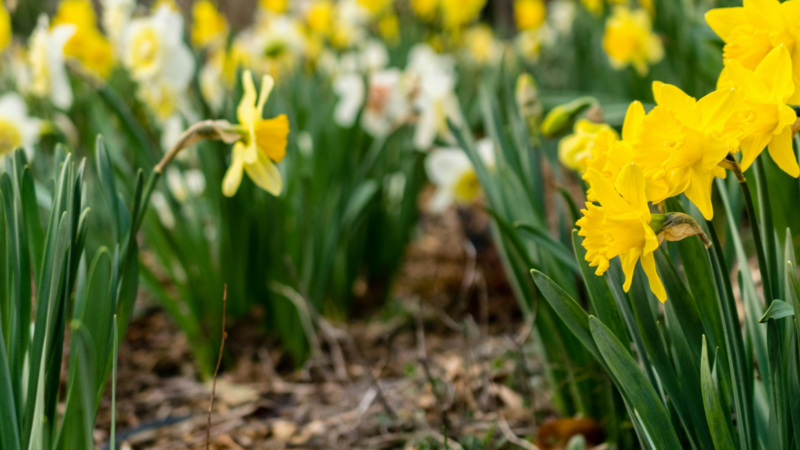World Food Day comes alive through captivating food photography

In a world where every meal can be a work of art, food photography has emerged as an innovative form of visual storytelling. It is more than just snapping pictures of beautifully arranged dishes – it’s an art form that celebrates the aesthetics of gastronomy. Food photography turns a plate of food into a vibrant canvas of colours, textures, and flavours.
World Food Day falls on Monday 16th of October this year and is a perfect time to celebrate the connection between food and photography. To honour the occasion, leading camera equipment insurer photoGuard shares few tips on how to succeed in the food photography industry.
“Food photography is an art of making the viewer not just see the food but taste it, smell it, and feel its essence through the power of a single image” says James Whitten, the Marketing Manager at photoGuard.
How to get started with food photography
One of the best ways to learn more about food photography is to follow some of the most influential online photographers on social media. Discover hundreds of hints and tips on the sort of images that create the most interest and ways to appropriately tag pictures.
3 essential tips for food photographs
Getting the right lighting
The most important factor to bear in mind when setting up any photo shoot is the light intensity and the way it impacts on the displayed food. Ideally, photographers should aim to take photos using natural light, and should only use flash or any overhead lighting when necessary.
Choosing the right angles
The optimal approach to choosing the right light source involves examining the food from various perspectives. If the most suitable light source happens to be in the bedroom or living area, the scene can be set up there accordingly.
Capturing multiple images from different angles is essential, to grasp all the tricks of food display and identify what appeals most to viewers. For instance, taking shots from above and at 45-degree angles provides diverse perspectives. It is important to review all the photos at the end of the shoot and choose the most suitable ones.
Minimalistic approach
When staging an image, it’s vital to minimise background clutter. Keeping in mind that the focus should always be on the food, as any additional elements are likely to cause distractions.
“Whether you are thinking of making a career out of food photography or just like to capture shots of food as a hobby, it is important to insure your camera and equipment. PhotoGuard can help” adds Whitten.
Find out more about photoGuard camera insurance:
https://www.photoguard.co.uk/






